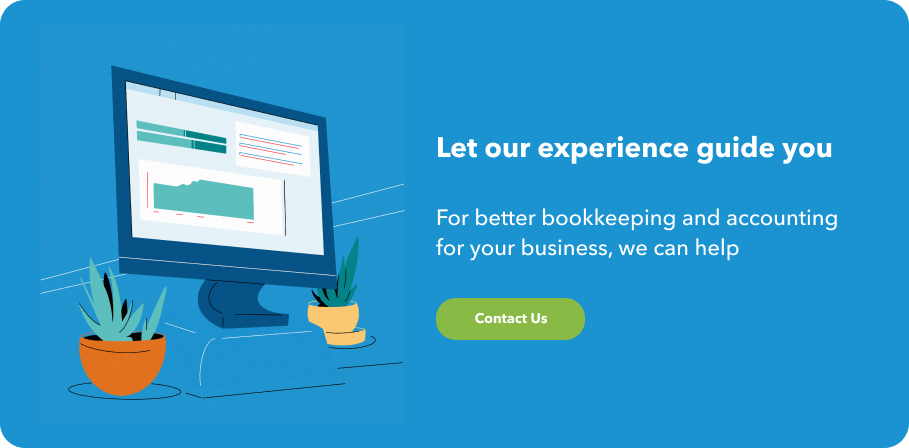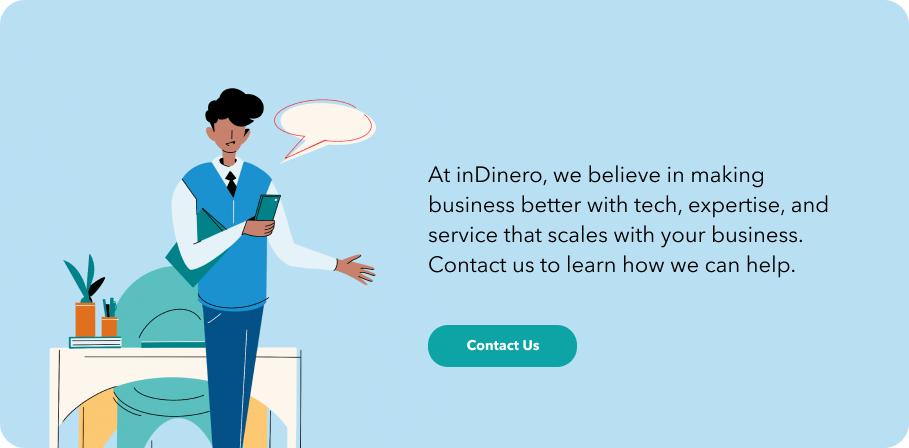If you run a Software as a Service (SaaS) company—that is, if you provide licensed software via the cloud—I have some good news for you. SaaS is on track to reach a public market value of $76 billion in 2020.
Let me put that number into perspective. In 2016, the SaaS public market was worth $38.5 billion. We’re talking about an already-booming industry with the power to nearly double in size in just four years.
Which leads me to my other piece of good news: SaaS companies present enormous opportunities for investors. But you probably knew that. Maybe you have a few investors on board and engaged in a funding round right now.
In any case, I’m here to help you attract investors and consistently exceed their expectations. The key, much like that $76 billion figure above, lies in the numbers. Take a look at a few essential metrics investors pay close attention to when evaluating your company’s performance:
1. Customer Lifetime Value
What it is:
Customer lifetime value (CLV or sometimes called LTV for lifetime value) measures the average revenue you generate or expect to generate from each user who pays for access to your SaaS solution. It’s essentially the money you make from subscriptions and sales. Companies typically calculate CLV on a monthly, quarterly, or annual basis.
Why it matters to investors:
CLV is perhaps the most important metric for understanding a SaaS company’s value and setting expectations for its money-making potential. It’s an investor’s primary indicator of how much revenue is coming in. Differences between CLV reports can reveal patterns of growth over time and signal future trends and opportunities.
How to calculate CLV:
To approximate your startup’s CLV, you’ll need a few other data points.
- Find your average revenue per account by dividing your company’s revenue or projected revenue in a specific timeframe by your current or projected number of customers.
- Next, multiply your average revenue per account by your gross margin: i.e. the percentage of revenue your company keeps after a sale.
- Now, divide the product of those two numbers by a churn rate: either your customer churn rate or revenue churn rate (more on the difference later).
Note that this is a simplified calculation. To determine CLV with complete accuracy and precision, talk to your accounting provider.
2. Customer Acquisition Cost
What it is:
Customer acquisition cost (CAC) is the average amount of money your startup spends in order to gain a new customer. Think of it as the flipside to CLV. You could generate massive revenue from each of your platform’s users, but that doesn’t bode well if the cost of acquiring them is equal to or higher than what you’ll make from them over the course of their time using the service. Generally speaking, the better your CLV to CAC ratio, the better shape your startup is in.
Why it matters to investors:
CAC tells an investor whether your business model is viable or not. Just as important, it’s a measure of your ability to think strategically and deliver on your vision. When you start putting your idea to the test in the real world, CAC reveals the difference between your plan and its execution. CAC can certainly be improved, but the higher it is, the harder you’ll need to fight to convince investors your company is worth the risk.
How to calculate CAC:
Calculating CAC is relatively straightforward. Look at a specified time period, then take the total amount of money you’ve spent in that period and divide it by the number of customers you’ve acquired.
Many startup founders struggle to keep track of their expenses and accurately quantify their costs. Are you calculating CAC correctly? indinero can help.
What Key Metrics Should SaaS CFOs Focus on to Exceed Investor Expectations?
SaaS CFOs should prioritize key metrics to achieve financial excellence in SaaS and exceed investor expectations. These include customer acquisition cost, monthly recurring revenue, and customer lifetime value. By tracking and optimizing these metrics, SaaS companies can demonstrate financial excellence and deliver value to their investors.
3. Customer/Revenue Churn Rate
What it is:
A churn rate gauges the number, percentage, or value of customers who stop paying for your service in a given timespan. It’s the element of chaos in your business. Churn can drag down an ideal CLV:CAC ratio, disrupt a period of steady growth, or otherwise throw costly and unpredictable obstacles your way.
SaaS companies usually measure one or two types of churn rates: customer churn and revenue churn. The former is a basic indicator of overall user retention. The latter is an important metric for companies with tiered subscription models. For instance, a simple customer churn rate wouldn’t tell the whole story in a situation where 90% of the customers who left were on the cheapest plan, but they only drove 10% of the company’s revenue.
Why it matters to investors:
It’s safe to say that investors like certainty. A high churn rate signals a decidedly uncertain present and future for your business. Churn not only slows growth, but may point to deeper problems with a company’s leadership, business model, or position within its market. Investors who see a high churn rate are prone to ask questions: “Why are so many customers leaving? Where are they going? What are you doing to keep them?”
How to calculate customer and revenue churn:
Fortunately, churn is at least an easy metric to determine—in theory, at least. Just track the number of customers who canceled or failed to renew their subscriptions at the end of a (typically monthly or yearly) billing cycle.
However, with so much financial data and paperwork to take care of—not to mention every other decision involved in day-to-day startup management—countless SaaS leaders fall behind in tracking churn rate, CLV, CAC, and other critical business metrics. This is why we created indinero. Having built a SaaS company ourselves, we understand how to manage and use financial data to drive success in the marketplace and with investors.
indinero’s experts will not only take busy accounting work off your plate, but provide you with the business data and insights you need to proactively run your business and consistently wow your investors. See how we can help.
Quick Note: This article is provided for informational purposes only, and is not legal, financial, accounting, or tax advice. You should consult appropriate professionals for advice on your specific situation. indinero assumes no liability for actions taken in reliance upon the information contained herein.





